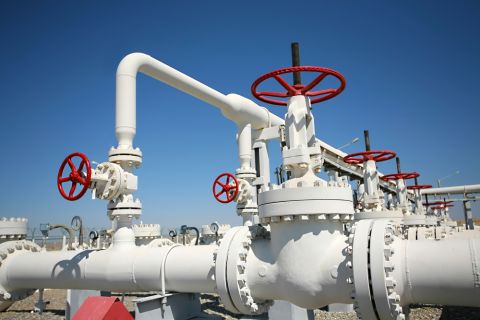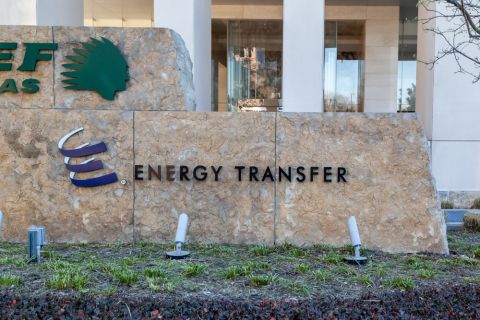U.S. natural gas futures jumped 6% to a one-week high on Dec. 9 on forecasts for much colder weather and higher heating demand through late December than previously expected.
In the spot market, U.S. West Coast power and gas prices have more than doubled over the past couple of weeks - with gas hitting multi-year highs - as freezing weather and snow blankets parts of California and gas pipeline outages and constraints limit flows of the fuel from Texas.
That colder weather should force utilities to pull more gas from storage in coming weeks. Gas stockpiles were about 1.6% below the five-year (2017-2021) average for this time of year.
The increase in futures prices came despite Freeport LNG's announcement last week that it will delay the planned restart of its LNG export plant in Texas from mid-December to the end of the year. That delay should keep LNG exports below record levels hit in March and leave more gas in the United States for domestic use.
Some analysts do not expect Freeport to return until January, February or later because it will likely take federal pipeline safety regulators longer than Freeport expects to review and approve the plant's restart plan once the company submits it.
At least one LNG vessel, Prism Brilliance, gave up on Freeport after the company delayed the planned restart, according to ship tracking data from Refinitiv. The ship started heading for Jamaica earlier this week but turned back and is now on its way to Cheniere Energy Inc.'s Sabine Pass LNG export plant in Louisiana.
Two other vessels - Prism Diversity and Prism Courage - however, have continued to wait in the Gulf of Mexico since at least early November to pick up LNG from Freeport.
The Freeport plant, which can turn about 2.1 Bcf/d of gas into LNG, shut on June 8 due to an explosion caused by inadequate operating and testing procedures, human error and fatigue, according to a report by consultants hired to review the incident and suggest corrective actions.
Front-month gas futures for January delivery on the New York Mercantile Exchange rose 34.4 cents, or 5.8%, to $6.306/MMBtu at 10:30 a.m. EST, putting the contract on track for its highest close since Nov. 1.
For the week, the front-month was up about 1% after falling about 11% last week.
U.S. gas futures were up about 69% so far this year as much higher global prices feed demand for U.S. exports due to supply disruptions and sanctions linked to Russia's war in Ukraine.
Gas was trading at $44/MMBtu at the Dutch Title Transfer Facility (TTF) in Europe and $34 at the Japan Korea Marker (JKM) in Asia.
Top producer
U.S. gas futures lag global prices because the United States is the world's top producer with all the fuel it needs for domestic use, while capacity constraints and the Freeport outage have prevented the country from exporting more LNG.
Data provider Refinitiv said average gas output in the U.S. Lower 48 states rose to 99.7 Bcf/d so far in December, up from a monthly record of 99.5 Bcf/d in November.
With colder weather coming, Refinitiv projected average U.S. gas demand, including exports, would rise from 117.8 Bcf/d this week to 123.1 Bcf/d next week and 142.0 Bcf/d in two weeks. The forecasts for next week was higher than Refinitiv's outlook on Dec. 8.
The average amount of gas flowing to U.S. LNG export plants rose to 11.9 Bcf/d so far in December, up from 11.8 Bcf/d in November. That remains below the monthly record of 12.9 Bcf/d in March due to the Freeport outage.
Recommended Reading
Ozark Gas Transmission’s Pipeline Supply Access Project in Service
2024-04-18 - Black Bear Transmission’s subsidiary Ozark Gas Transmission placed its supply access project in service on April 8, providing increased gas supply reliability for Ozark shippers.
Scathing Court Ruling Hits Energy Transfer’s Louisiana Legal Disputes
2024-04-17 - A recent Energy Transfer filing with FERC may signal a change in strategy, an analyst says.
Balticconnector Gas Pipeline Will be in Commercial Use Again April 22, Gasgrid Says
2024-04-17 - The Balticconnector subsea gas link between Estonia and Finland was damaged in October along with three telecoms cables.
Targa Resources Ups Quarterly Dividend by 50% YoY
2024-04-12 - Targa Resource’s board of directors increased the first-quarter 2024 dividend by 50% compared to the same quarter a year ago.



